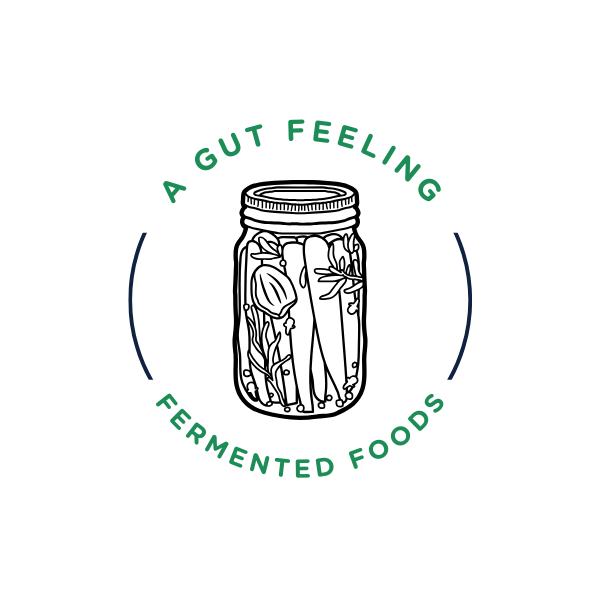Einkorn-The Original Wheat
A Scientific, Historical & Spiritual Deep Dive
Einkorn wheat (Triticum monococcum) isn’t just a grain. It’s a return. A return to simpler food, richer nutrition, and the ancient paths of real nourishment. Revered as the first cultivated wheat in human history, einkorn offers a powerful blend of purity, resilience, and healing. From biblical fields to modern regenerative farms, it tells the story of where we came from and where our food needs to return.
The Ancient History of Einkorn
Beginnings (10,000–8,000 BC)
Einkorn was first domesticated in the Fertile Crescent, near what is now southeastern Turkey. Its wild ancestor (Triticum boeoticum) was gathered by early hunter-gatherers and became the first grain intentionally cultivated by humans.
It was the grain that sparked the Agricultural Revolution, marking the shift from foraging to farming. Einkorn’s tight hull protected it from spoilage, and its rich nutrition sustained the earliest communities in Mesopotamia, Anatolia, and Syria.
From Mesopotamia to the Mediterranean
Mesopotamia & Sumer: Einkorn was stored in temples, offered in rituals, and ground into early breads.
Egypt: Though emmer wheat dominated, einkorn was found in tombs
Europe: It migrated with early farmers into Europe.
Through the Ages
Einkorn survived in isolated mountain communities throughout the Middle Ages, especially in the Alps and Balkans. While modern agriculture shifted to higher-yielding wheat, einkorn remained in small pockets quietly persisting until its modern rediscovery.
Einkorn vs Modern Wheat:
Unlike modern wheat, which has been hybridized over centuries, einkorn remains genetically pure. It is a diploid wheat (14 chromosomes) containing only the A genome and free from the D genome that produces the most problematic gluten proteins.
Einkorn’s Nutritional Profile
Einkorn is a nutrient-dense powerhouse, offering more vitamins, minerals, and antioxidants per bite than any modern wheat.
18% Protein (vs ~12% in modern wheat)
Rich in Lutein & Zeaxanthin (Carotenoids that support brain and eye health)
Magnesium, Zinc, Manganese, Iron (Essential for energy, immune function, and hormonal balance)
Beta-carotene (Precursor to Vitamin A)
Complex Carbohydrates & Fiber (Supports blood sugar stability and satiety)
Its golden hue comes from antioxidants, not additives.
Gluten, Digestion & Gut Health
Einkorn contains gluten, but it’s a very different kind:
Lacks the D genome (absent in celiac-triggering gliadins)
Contains lower levels of alpha-gliadin, the most inflammatory gluten subunit
Its gluten is weaker, more fragile, and more digestible especially when long-fermented
When paired with sourdough:
Phytic acid drops aiding better mineral absorption
Gluten and FODMAPs are pre-digested resulting in less bloating
LAB (lactic acid bacteria) nourish the gut microbiome
Many people with gluten sensitivity (but not celiac disease) tolerate einkorn well when fermented. It’s a game-changer for families healing the gut, managing autoimmune symptoms, or following GAPS and SCD diets.
Baking with Einkorn
Naturally buttery and slightly nutty
Golden color and rich aroma
Delicate crumb
Einkorn absorbs less water—use ~10% less hydration than modern wheat
Don’t over-knead it’s fragile gluten requires a gentle hand
Long, slow fermentation brings out the best flavor and digestibility
For many, eating einkorn is a return to how God intended food to nourish us simple, unmodified, full of life.
Healing Highlights: Einkorn’s Functional Benefits
Inflammation: Reduced gliadin, antioxidant-rich
Brain & Vision: Lutein, zeaxanthin, B vitamins
Hormone Balance: High in zinc, magnesium, and iron
Blood Sugar: Slower carb absorption
Heart Health: Supports vascular function, low omega-6
Mitochondrial Health :Rich in manganese & co-factors for energy metabolism
